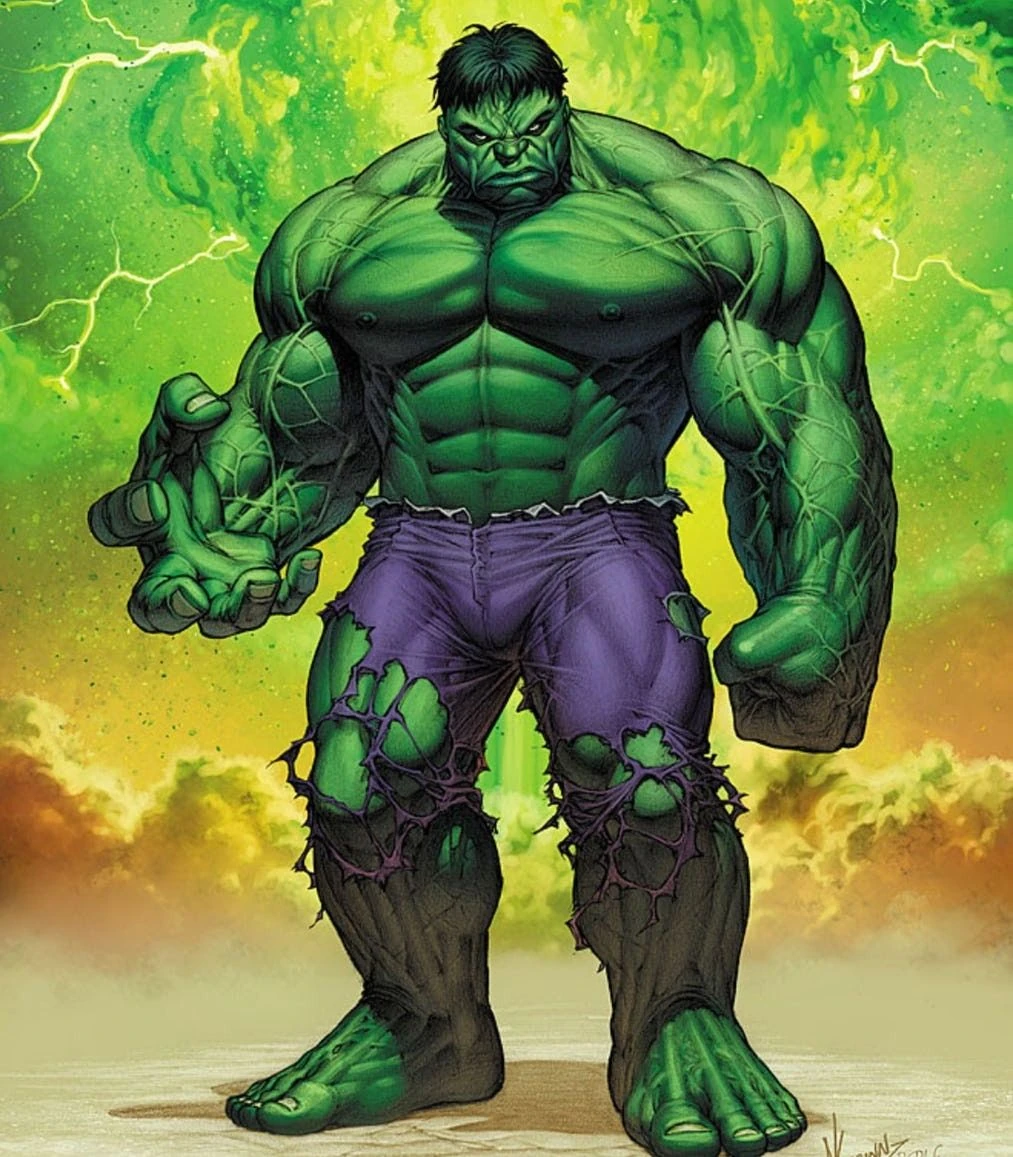**In the annals of professional wrestling, few moments are as iconic, controversial, and utterly game-changing as when Hulk Hogan, the quintessential American hero, turned his back on the Hulkamaniacs and embraced the dark side. This pivotal shift was dramatically cemented by the unforgettable act of Hulk Hogan spray paint, defacing the sacred WCW World Heavyweight Championship belt with the letters "nWo." It was a moment that transcended wrestling, becoming a cultural touchstone and forever altering the landscape of sports entertainment. This article delves deep into that defining act, its historical context, the enduring legacy it created, and why it continues to resonate with fans and collectors worldwide.** The transformation of Hulk Hogan from the beloved red-and-yellow hero to "Hollywood" Hogan, the villainous leader of the New World Order, was a masterstroke of storytelling. It wasn't just a heel turn; it was a seismic shift that captured the imagination of millions, drawing new eyes to World Championship Wrestling (WCW) and igniting the infamous "Monday Night Wars." At the heart of this revolution was a simple can of black spray paint, wielded by the most recognizable figure in wrestling, signifying a rebellion that would dominate the industry for years to come.
The Immortal Hulk Hogan: A Biographical Look
To fully appreciate the impact of the Hulk Hogan spray paint moment, one must first understand the man behind the act. Terry Gene Bollea, known worldwide as Hulk Hogan, is arguably the most recognizable professional wrestler of all time. Hogan spent 35 years as a professional wrestler and was widely recognized as one of the more polarizing athletes across all sports during that time. From his early days in the AWA to his meteoric rise in WWE (then WWF) during the 1980s, Hogan embodied the larger-than-life superhero persona, inspiring millions of "Hulkamaniacs" with his "eat your vitamins, say your prayers" mantra. His red and yellow attire became synonymous with wrestling's golden age, leading to multiple world championships and headlining WrestleManias. By the mid-1990s, however, the Hulkamania formula had grown stale for some, and fans were craving something new. Hogan's move to WCW in 1994 brought renewed interest, but it was his shocking heel turn at Bash at the Beach 1996, joining Scott Hall and Kevin Nash (The Outsiders) to form the New World Order, that truly revitalized his career and the entire wrestling industry. This pivotal moment, followed by the infamous spray paint incident, cemented his legacy as a master of reinvention and a true icon. By the end of his career, he had taken home 12 world championships across various promotions, a testament to his enduring power as a draw.Personal Data & Career Highlights
Here's a snapshot of the man who redefined an era: | Category | Details

